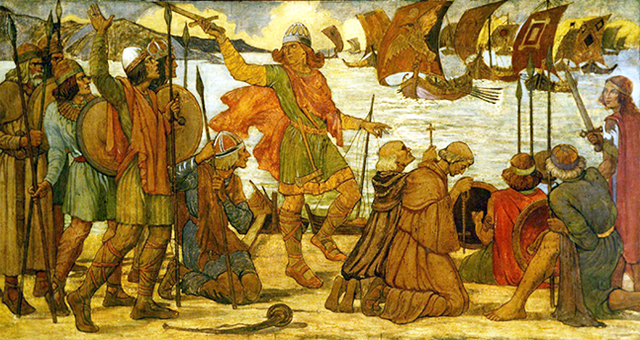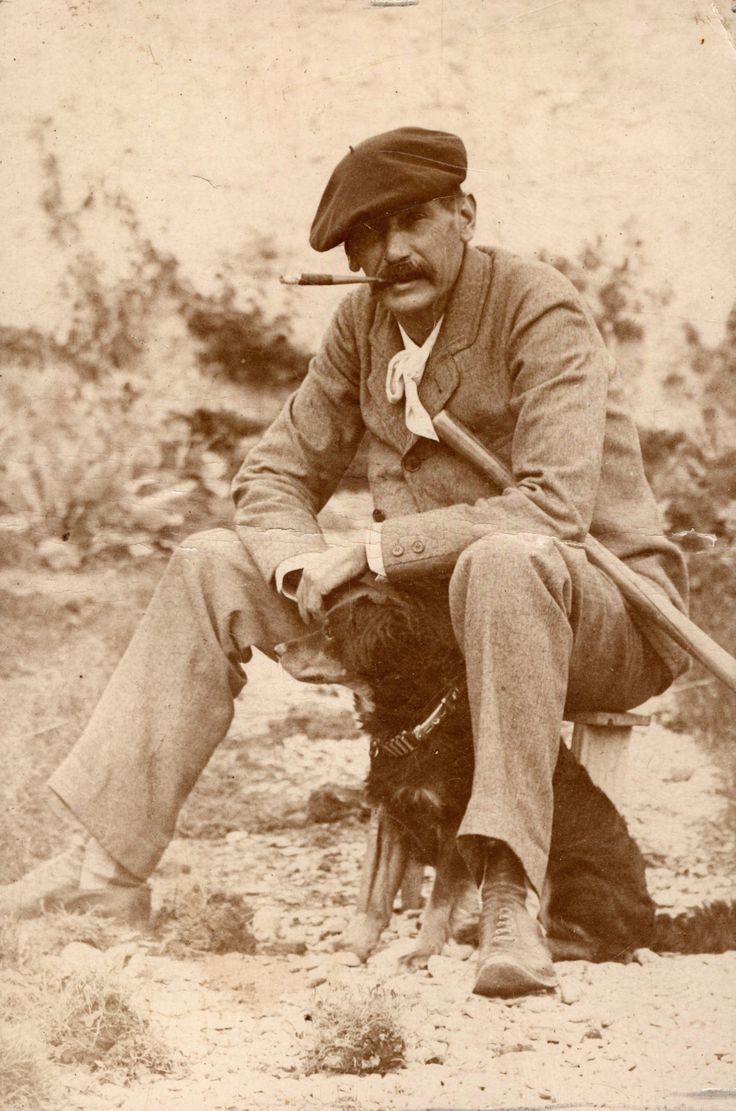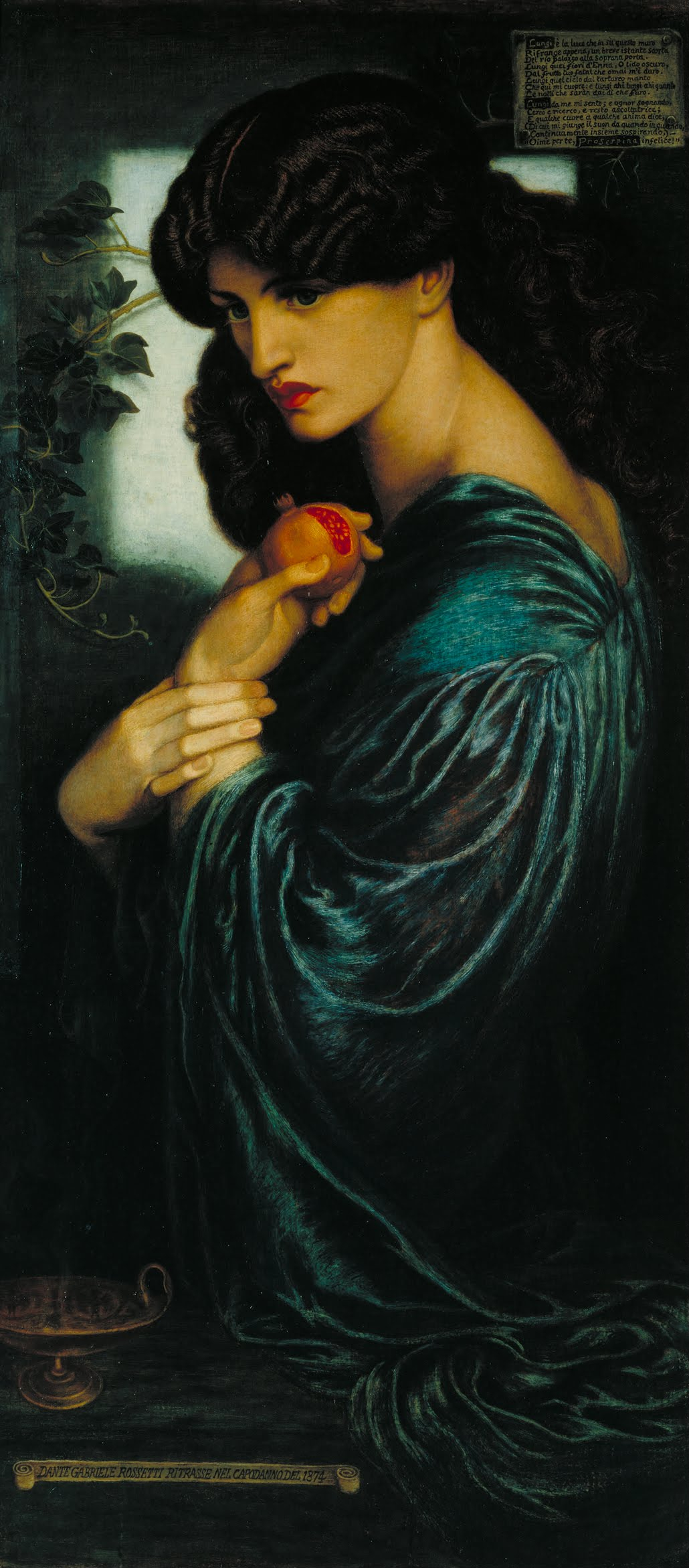|
W. B. Yeats
William Butler Yeats (, 13 June 186528 January 1939), popularly known as W. B. Yeats, was an Irish poet, dramatist, writer, and literary critic who was one of the foremost figures of 20th-century literature. He was a driving force behind the Irish Literary Revival, and along with John Millington Synge and Lady Gregory founded the Abbey Theatre, serving as its chief during its early years. He was awarded the 1923 Nobel Prize in Literature, and later served two terms as a Senator of the Irish Free State. A Protestant of Anglo-Irish descent, Yeats was born in Sandymount, Ireland. His father practised law and was a successful portrait painter. He was educated in Dublin and London and spent his childhood holidays in County Sligo. He studied poetry from an early age, when he became fascinated by Irish legends and the occult. While in London he became part of the Irish literary revival. His early poetry was influenced by John Keats, William Wordsworth, William Blake and many mo ... [...More Info...] [...Related Items...] OR: [Wikipedia] [Google] [Baidu] |
Sandymount
Sandymount () is a coastal suburb in the Dublin 4 district on the Southside, Dublin, Southside of Dublin in Ireland. Etymology An early name for the area was Scal'd Hill or Scald Hill.The Poolbeg Lighthouse and the South Wall Extension, Irishtown, Sandymount, Beggardbush and Baggotrath Chapter II from Weston St. John Joyce's 1920 work The Neighbourhood of Dublin During the 18th century, there was a village called Brickfield Town on the site of Sandymount Green; this took its name from Lord Merrion's brickfields, which stretched from here to Merrion at the time. The Irish name ''Dumhach ... [...More Info...] [...Related Items...] OR: [Wikipedia] [Google] [Baidu] |
William Wordsworth
William Wordsworth (7 April 177023 April 1850) was an English Romantic poetry, Romantic poet who, with Samuel Taylor Coleridge, helped to launch the Romanticism, Romantic Age in English literature with their joint publication ''Lyrical Ballads'' (1798). Wordsworth's ''masterpiece, magnum opus'' is generally considered to be ''The Prelude'', a semi-autobiographical poem of his early years that he revised and expanded a number of times. It was posthumously titled and published by his wife in the year of his death, before which it was generally known as "The Poem to Coleridge". Wordsworth was Poet Laureate of the United Kingdom, Poet Laureate from 1843 until his death from pleurisy on 23 April 1850. He remains one of the most recognizable names in English poetry and was a key figure of the Romantic poets. Early life Family and education The second of five children born to John Wordsworth and Ann Cookson, William Wordsworth was born on 7 April 1770 in what is now named Word ... [...More Info...] [...Related Items...] OR: [Wikipedia] [Google] [Baidu] |
John Butler Yeats
John Butler Yeats RHA (16 March 1839 – 3 February 1922) was an Irish artist and the father of W. B. Yeats, Lily Yeats, Elizabeth Corbett "Lollie" Yeats and Jack Butler Yeats. The National Gallery of Ireland holds a number of his portraits in oil and works on paper, including one of his portraits of his son William, painted in 1900. Career Yeats was born in Lawrencetown, townland of Tullylish, County Down. His parents were William Butler Yeats (1806–1862) and Jane Grace Corbert; John Butler Yeats was the eldest of nine children. Educated at Trinity College Dublin, and a member of the University Philosophical Society, John Butler Yeats began his career as a lawyer and devilled briefly with Isaac Butt before he took up painting in 1867 and studied at the Heatherley School of Fine Art. After John Butler Yeats returned to Ireland in 1881, he began to exhibit paintings at the Royal Hibernian Academy, which elected him a member (RHA) in 1892. There are few records of hi ... [...More Info...] [...Related Items...] OR: [Wikipedia] [Google] [Baidu] |
County Dublin
County Dublin ( or ) is a Counties of Ireland, county in Republic of Ireland, Ireland, and holds its capital city, Dublin. It is located on the island's east coast, within the Provinces of Ireland, province of Leinster. Until 1994, County Dublin (excluding the city) was a single Local government in the Republic of Ireland, local government area; in that year, the county council was divided into three new administrative counties: Dún Laoghaire–Rathdown, Fingal and South Dublin. The three administrative counties together with Dublin City proper form a NUTS III NUTS statistical regions of Ireland, statistical region of Ireland (coded IE061). County Dublin remains a single administrative unit for the purposes of the courts (including the Dublin County Sheriff, but excluding the bailiwick of the Dublin City Sheriff) and Dublin County combined with Dublin City forms the Judicial County of Dublin, including Dublin Circuit Court, the Dublin County Registrar and the Dublin Metropolitan ... [...More Info...] [...Related Items...] OR: [Wikipedia] [Google] [Baidu] |
The Tower (poetry Collection)
''The Tower'' is a book of poems by W. B. Yeats, published in 1928. ''The Tower'' was Yeats's first major collection as Nobel Laureate after receiving the Nobel Prize in 1923. It is considered to be one of the poet's most influential volumes and was well received by the public. The title, which the book shares with the second poem, refers to Ballylee Castle, a Norman tower which Yeats purchased and restored in 1917. Yeats Gaelicized the name to Thoor Ballyllee, and it has retained the title to this day. Yeats often summered at Thoor Ballylee with his family until 1928. The book includes several of Yeats' most famous poems, including " Sailing to Byzantium," "Leda and the Swan," and "Among School Children." The book entered the public domain The public domain (PD) consists of all the creative work to which no Exclusive exclusive intellectual property rights apply. Those rights may have expired, been forfeited, expressly Waiver, waived, or may be inapplicable. Because no o ... [...More Info...] [...Related Items...] OR: [Wikipedia] [Google] [Baidu] |
Ezra Pound
Ezra Weston Loomis Pound (30 October 1885 – 1 November 1972) was an List of poets from the United States, American poet and critic, a major figure in the early modernist poetry movement, and a Collaboration with Nazi Germany and Fascist Italy, collaborator in Fascist Italy (1922–1943), Fascist Italy and the Italian Social Republic, Salò Republic during World War II. His works include ''Ripostes'' (1912), ''Hugh Selwyn Mauberley'' (1920), and ''The Cantos'' (–1962). Pound's contribution to poetry began in the early-20th century with his role in developing Imagism, a movement stressing precision and economy of language. Working in London as foreign editor of several American literary magazines, he helped to discover and shape the work of contemporaries such as H.D., Robert Frost, T. S. Eliot, Ernest Hemingway, and James Joyce. He was responsible for the 1914 serialization of Joyce's ''A Portrait of the Artist as a Young Man'', the 1915 publication of Eliot's "Th ... [...More Info...] [...Related Items...] OR: [Wikipedia] [Google] [Baidu] |
Irish Literary Theatre
The Irish Literary Theatre was a short-lived theatrical project that existed from 1899 to 1901. Its purpose was to establish a national stage for Irish plays performed by Irish performers to amplify the Irish cultural identity (apart from Great Britain) and encourage authors to write works of serious depth. It was founded by W. B. Yeats, Lady Gregory, George Moore and Edward Martyn as part of the Irish Literary Revival and it was centered in Dublin. Productions included ''The Countess Cathleen'', ''The Heather Field'', ''Maeve'', ''The Last Feast of Fianna'' and ''The Bending of the Bough''. Although it crumbled due to monetary instability, it laid the groundwork for what would become the Abbey Theatre. History W. B. Yeats, Lady Gregory, and Edward Martyn published a "manifesto for Irish Literary Theatre" in 1897, in which they proclaimed their intention of establishing a national theatre for Ireland. In 1899 Lady Gregory secured a temporary licence for a play to be giv ... [...More Info...] [...Related Items...] OR: [Wikipedia] [Google] [Baidu] |
Literary Realism
Literary realism is a movement and genre of literature that attempts to represent mundane and ordinary subject-matter in a faithful and straightforward way, avoiding grandiose or exotic subject-matter, exaggerated portrayals, and speculative elements such as supernatural events and alternative worlds. It encompasses both fiction (''realistic fiction'') and nonfiction writing. Literary realism is a subset of the broader realist art movement that began with mid- nineteenth-century French literature ( Stendhal) and Russian literature (Alexander Pushkin). It attempts to represent familiar things, including everyday activities and experiences, as they truly are. Background Broadly defined as "the representation of reality", realism in the arts is the attempt to represent subject matter truthfully, without artificiality and avoiding artistic conventions, as well as implausible, exotic and supernatural elements. Realism has been prevalent in the arts at many periods, and is in large ... [...More Info...] [...Related Items...] OR: [Wikipedia] [Google] [Baidu] |
Pre-Raphaelite Brotherhood
The Pre-Raphaelite Brotherhood (PRB), later known as the Pre-Raphaelites, was a group of English painters, poets, and art critics, founded in 1848 by William Holman Hunt, John Everett Millais, Dante Gabriel Rossetti, William Michael Rossetti, James Collinson, Frederic George Stephens and Thomas Woolner who formed a seven-member "Brotherhood" partly modelled on the Nazarene movement. The Brotherhood was only ever a loose association and their principles were shared by other artists of the time, including Ford Madox Brown, Arthur Hughes and Marie Spartali Stillman. Later followers of the principles of the Brotherhood included Edward Burne-Jones, William Morris and John William Waterhouse. The group sought a return to the abundant detail, intense colours and complex compositions of Quattrocento Italian art. They rejected what they regarded as the mechanistic approach first adopted by Mannerist artists who succeeded Raphael and Michelangelo. The Brotherhood believed the ... [...More Info...] [...Related Items...] OR: [Wikipedia] [Google] [Baidu] |
Percy Bysshe Shelley
Percy Bysshe Shelley ( ; 4 August 1792 – 8 July 1822) was an English writer who is considered one of the major English Romantic poets. A radical in his poetry as well as in his political and social views, Shelley did not achieve fame during his lifetime, but recognition of his achievements in poetry grew steadily following his death, and he became an important influence on subsequent generations of poets, including Robert Browning, Algernon Charles Swinburne, Thomas Hardy, and W. B. Yeats. American literary critic Harold Bloom describes him as "a superb craftsman, a lyric poet without rival, and surely one of the most advanced sceptical intellects ever to write a poem." Shelley's reputation fluctuated during the 20th century, but since the 1960s he has achieved increasing critical acclaim for the sweeping momentum of his poetic imagery, his mastery of genres and verse forms, and the complex interplay of sceptical, idealist, and materialist ideas in his work. Among his bes ... [...More Info...] [...Related Items...] OR: [Wikipedia] [Google] [Baidu] |
Edmund Spenser
Edmund Spenser (; – 13 January 1599 Old Style and New Style dates, O.S.) was an English poet best known for ''The Faerie Queene'', an epic poem and fantastical allegory celebrating the House of Tudor, Tudor dynasty and Elizabeth I. He is recognized as one of the premier craftsmen of nascent Modern English verse, and he is considered one of the great poets in the English language. Life Edmund Spenser was born in East Smithfield, London, around the year 1552; however, there is still some ambiguity as to the exact date of his birth. His parentage is obscure, but he was probably the son of John Spenser, a journeyman clothmaker. As a young boy, he was educated in London at the Merchant Taylors' School, Northwood, Merchant Taylors' School and matriculated as a sizar at Pembroke College, Cambridge. While at Cambridge he became a friend of Gabriel Harvey and later consulted him, despite their differing views on poetry. In 1578, he became for a short time secretary to John Young (bis ... [...More Info...] [...Related Items...] OR: [Wikipedia] [Google] [Baidu] |
Lyric Poetry
Modern lyric poetry is a formal type of poetry which expresses personal emotions or feelings, typically spoken in the first person. The term for both modern lyric poetry and modern song lyrics derives from a form of Ancient Greek literature, the Greek lyric, which was defined by its musical accompaniment, usually on an instrument known as a kithara, a seven-stringed lyre (hence "lyric"). These three are not equivalent, though song lyrics ''are'' often in the lyric mode and Ancient Greek lyric poetry ''was'' principally chanted verse. The term owes its importance in literary theory to the division developed by Aristotle among three broad categories of poetry: lyrical, dramatic, and epic. Lyric poetry is one of the earliest forms of literature. Meters Much lyric poetry depends on regular meter based either on syllable or on stress – two short syllables or one long syllable typically counting as equivalent – which is required for song lyrics in order to match lyrics wit ... [...More Info...] [...Related Items...] OR: [Wikipedia] [Google] [Baidu] |









